With the world’s largest temple in Cambodia, it goes without saying that the country has a rich cultural experience to offer tourists. It is a known fact that the country has a lot of ancient stories, heritage, and culture that you can explore on your Cambodia tour package.
Apart from the most popular attraction in Cambodia, the Angkor Wat, there are a lot of temples in the country that showcase some amazing architecture that forms a sight to behold for all visitors, not just history and architecture enthusiasts.
1. The Angkor Wat of Cambodia
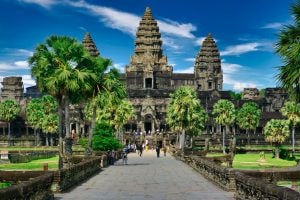
The Angkor Wat Temple in Cambodia is the biggest temple in the country as well as in the world. Well-known across the globe, the structure is a prime example of Khmer architecture, which is also known as the Angkor Wat style. Cambodia’s main attraction is designed with 5 concentric rectangular walls as well as moats that symbolise a cosmic chain of the ocean and mountains. Mount Meru is depicted by the main central tower and is considered to be the Hindu and Buddhist centre of the universe. The Angkor Wat Temple of Cambodia has often been praised for its harmonious design with precise proportions and finely balanced elements. The temple, constructed as a personal mausoleum for King Suryaman II in the early 12th century, was originally dedicated to Lord Vishnu. B the end of the 12th century, it was converted into a Buddhist temple.
2. Banteay Srei
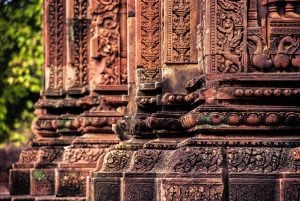
Built largely using red sandstone, this Hindu temple in Cambodia is dedicated to the destroyer, Lord Shiva. The temple is also known as the “jewel of Khmer art”, where elaborate wall carvings decorate the walls of the temple’s buildings that seem miniature in size as compared to standard Angkorian constructions. One of the most interesting places to visit in Cambodia, the temple is well-known for its lintels and pediments that impart a unique beauty and grace to this Hindu temple. Cambodia has its roots steeped in Hindu culture, with numerous temples dedicated to Hindu deities, but with intricate carvings depicting scenes from Ramayana and Mahabharata, this Shiva temple of Cambodia stands apart.
3. West Mebon
A Vishnu Temple in Cambodia, West Mebon yielded the largest known sculpture, a fragment of the reclining Lord Vishnu, which includes the head, upper torso and two right arms. Moats around temples represent the Hindu Sea of Creation. This aspect is symbolised to perfection by the vast waters that surround West Mebon. What makes this a very famous temple in Cambodia is the fact that tourists can reach the temple over land in dry weather, but during the rainy season, the waters of the 7800m long West Baray (largest reservoir in the area) rise, turning the temple into an island.
Today, the temple stands in ruins, but even the ravages of time have not dulled the magnificence of this Hindu Temple in Cambodia.
4. Preah Vihear
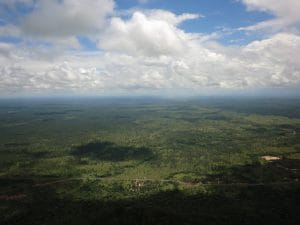
Standing at the top of a 525-metre cliff in the Dângrêk Mountains, which form a natural border between Thailand and Cambodia, this Hindu Temple is dedicated to Lord Shiva. This is a mandir in Cambodia that has been recognised by UNESCO as being an outstanding example of Khmer architecture. The temple has a complex layout, with four levels and four courtyards, each with five entrance pavilions or Gopuras. Ever since ancient times, this Cambodia mandir has been a pilgrimage spot where kings and commoners would worship alike.
5. Baksei Chamkrong
This Cambodia Temple is located near the Angkor complex and originally used to house a golden image of Lord Shiva, to whom the temple is dedicated. 4 tiers of laterite rise up to form a steep pyramidal design on top of which rests a single Prasat tower. Towards the east of the complex, visitors can check out what remains of a gopura that had guardian lions in the form of sculptures, of which, only one remains today.
An interesting feature of the temple are the jambs at the entrance that showcase well-preserved inscriptions with the precise time and date when the temple was dedicated in the year 948.
6. Bayon
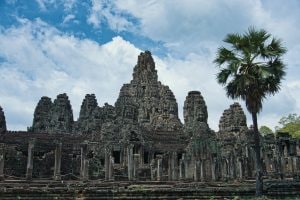
Located in the dense jungles of Angkor in Cambodia, this temple was built between the 12th and 13th centuries and was Mahayana Buddhist King Jayavarman VII’s state temple. Now in ruins, the temple has neither walls nor moats encircling it. The feature that attracts tourists from all over the world to this temple are the 50 pillars that have around 200 faces, each with a gently smiling visage. Each face is 4m high, facing the cardinal directions of the compass and are believed to represent divine peace.
When the walled city of Angkor Thom was the capital of the Khmer Empire, this temple sat at the centre, with its enclosure walls being replaced by the walls of the city. The distance of the walls from the temple makes for a special visual effect where the temple seems to suddenly rise from the ground like a man-made mountain, which actually symbolises Mount Meru. The layout of the temple is based on a ‘yantra’, a symbol that is used to represent the universe by Tantric Buddhists.
7. Phnom Krom
Dating back to the 9th century, dedicated to the Hindu gods Shiva, Brahma, and Vishnu, this temple in Cambodia sits at a height of 140m, on top of the Phnom Krom Mountain. The temple was built using sandstone, but most of the carvings have been lost in erosion caused by weather conditions at its height. The focal point of the structure are three towers, each dedicated to one of the three deities, running from North to South. Phnom Krom Temple is a historical and religious relic that stands in ruins today, but still offers a unique experience to visitors. The temple was built in an Indian architectural style and can be reached after a rather steep climb up the hillside. While reaching the temple takes a bit of effort, spectacular views of surrounding villages en route, mesmerising panoramas of the nearby Tonle Sap Lake from the top, and one of the best sunsets in Cambodia more than make up for it.
8. Preah Khan
With a name that literally translates to ‘Holy Sword’, Preah Khan is a temple in Cambodia that attracts both Hindus and Buddhists. The temple has shrines dedicated to around 430 deities, was the venue where 18 grand festivals were held, and also served as a university teaching element for Vaishnava, Shaivism, and Buddhism, which can be glimpsed as you explore the two libraries and the galleries housed within the temple complex. The temple was commissioned by King Jayavarman VII in his father’s honour and houses the Prasat Preah Stung, which is the central tower that showcases 4 ornate Bayon-like carvings. 72 garudas holding nagas perch atop the laterite outer wall, while apsaras cover the walls in the Hall of Dancers. As respect to the present state of the temple, restoration work has taken cautious overtones, leaving a destination that boasts of an amazing balance between its historical significance and wild background.
9. Pre Rup
Built in the 9th century, completely overgrown and covered with soil by the 20th century, and excavated during the 1930s, this temple in Cambodia is a popular Shiva temple, built atop a hill. The laterite and brick stepped pyramid is a representation of the five peaks of Mount Meru. A three-tiered pyramid graces the inner enclosure of the temple complex. On the second level, you can explore 12 small sanctuaries that surround the structure. At one time, each of the sanctuaries used to house a Linga, a representation of Lord Shiva. Staircases run through the centres of the sides of the pyramid, guarded by statues of lions on either side, leading to the platform of five towers. The carvings and images that adorn the temple have suffered the ravages of time, but still retain a certain magnificence that is a treat to bestow.
10. Ta Prohm
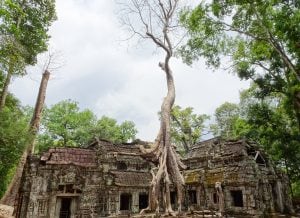
A royal monastery, Ta Prohm was built in the 12th century amidst the dense jungles of Cambodia. The temple is instantly recognisable by the unique labyrinth pattern formed by the vines that rest all over the ruins. Giant tree roots spread across the ground throughout the structure, making for an imposing visage that seamlessly merges with the surrounding wilderness. After a lot of maintenance work, the temple ruins have been stabilised to permit access but still retain their wild look, which creates quite the experience for visitors.
With the best of Cambodian street foods to delight your tastebuds, a wealth of cultural heritage, and several islands that offer varied experiences for different kinds of travellers, Cambodia is undoubtedly an amazing destination to visit!










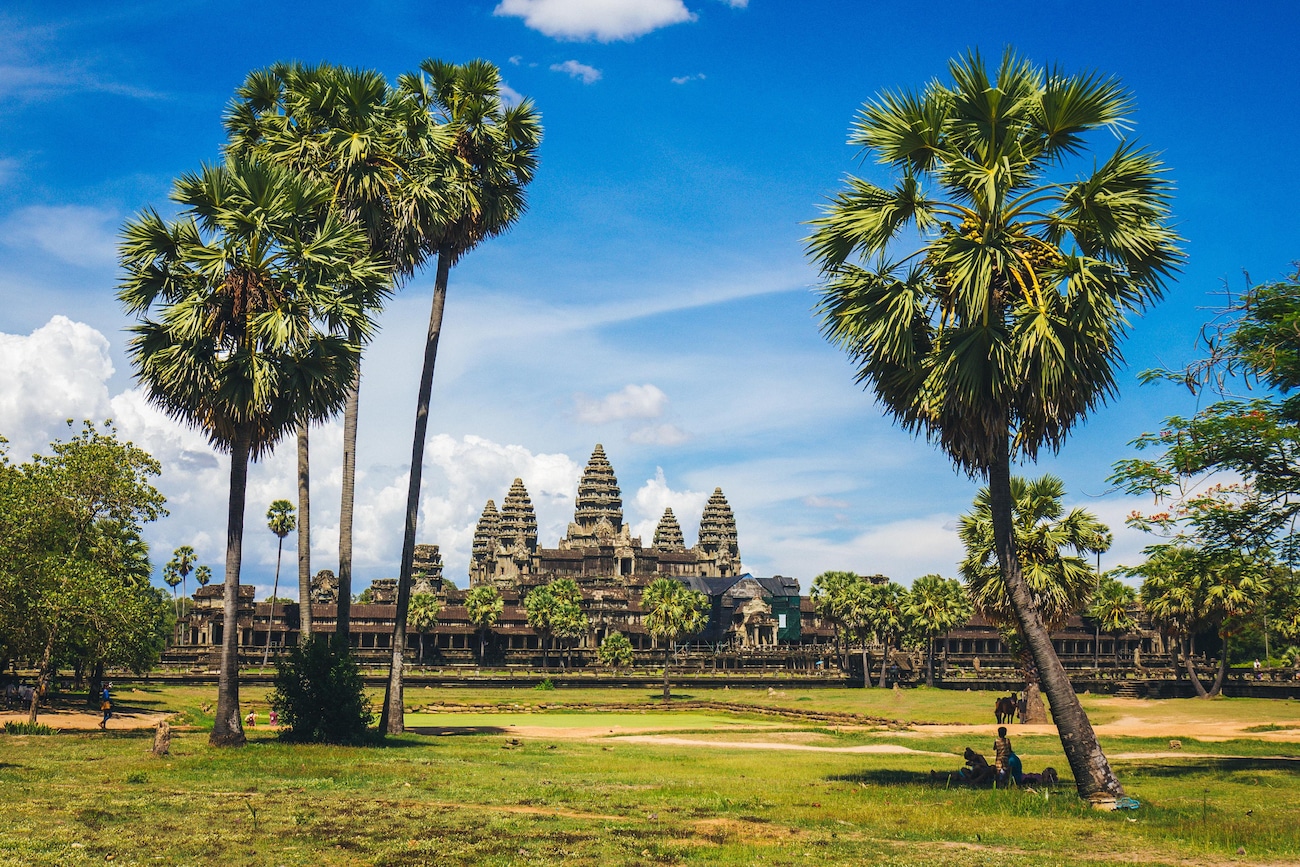
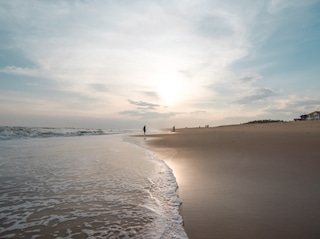
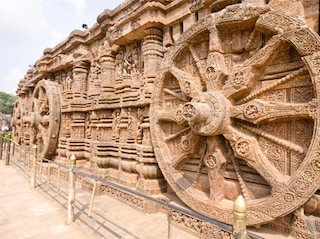

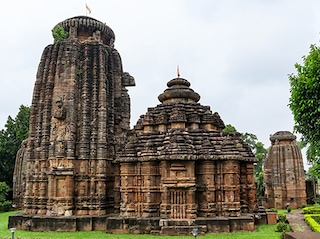
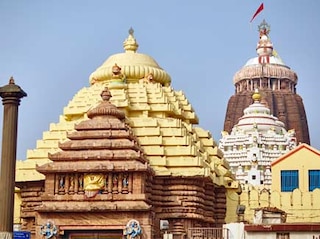




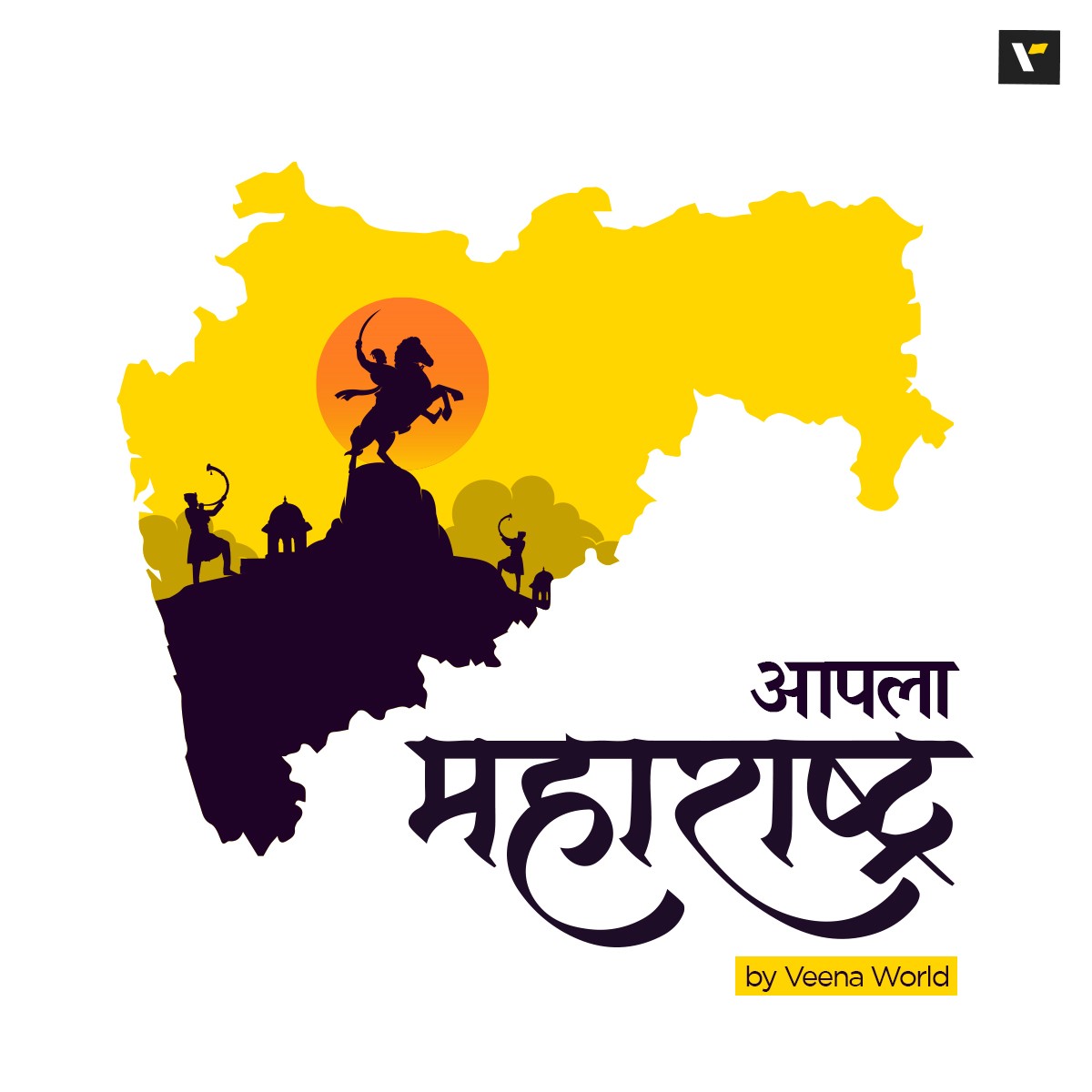










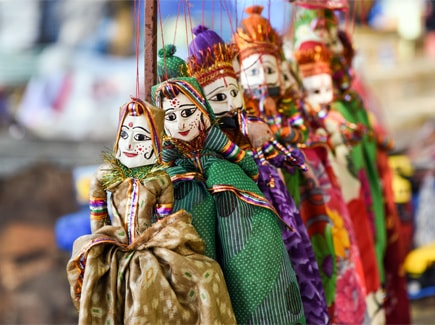

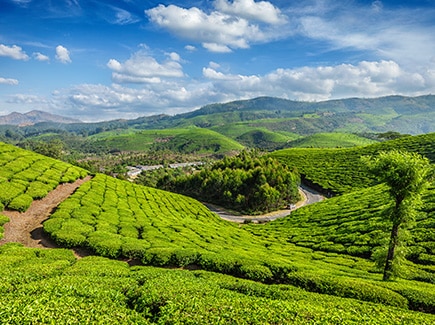

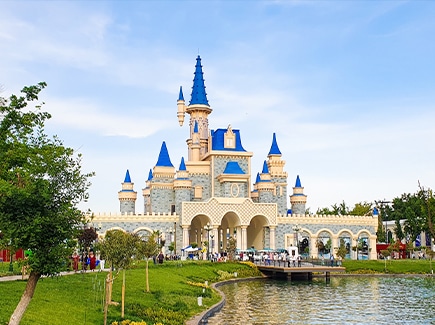
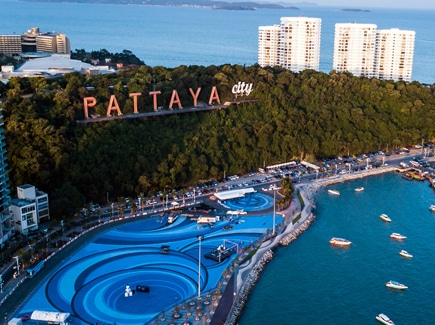
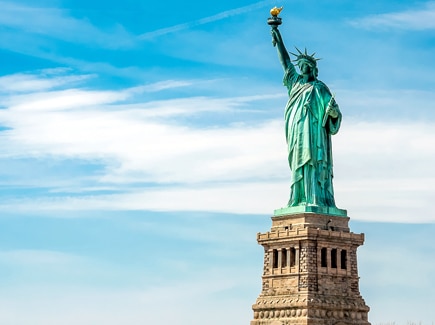
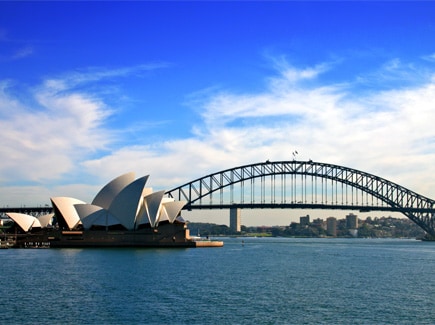








Post your Comment
Please let us know your thoughts on this story by leaving a comment.